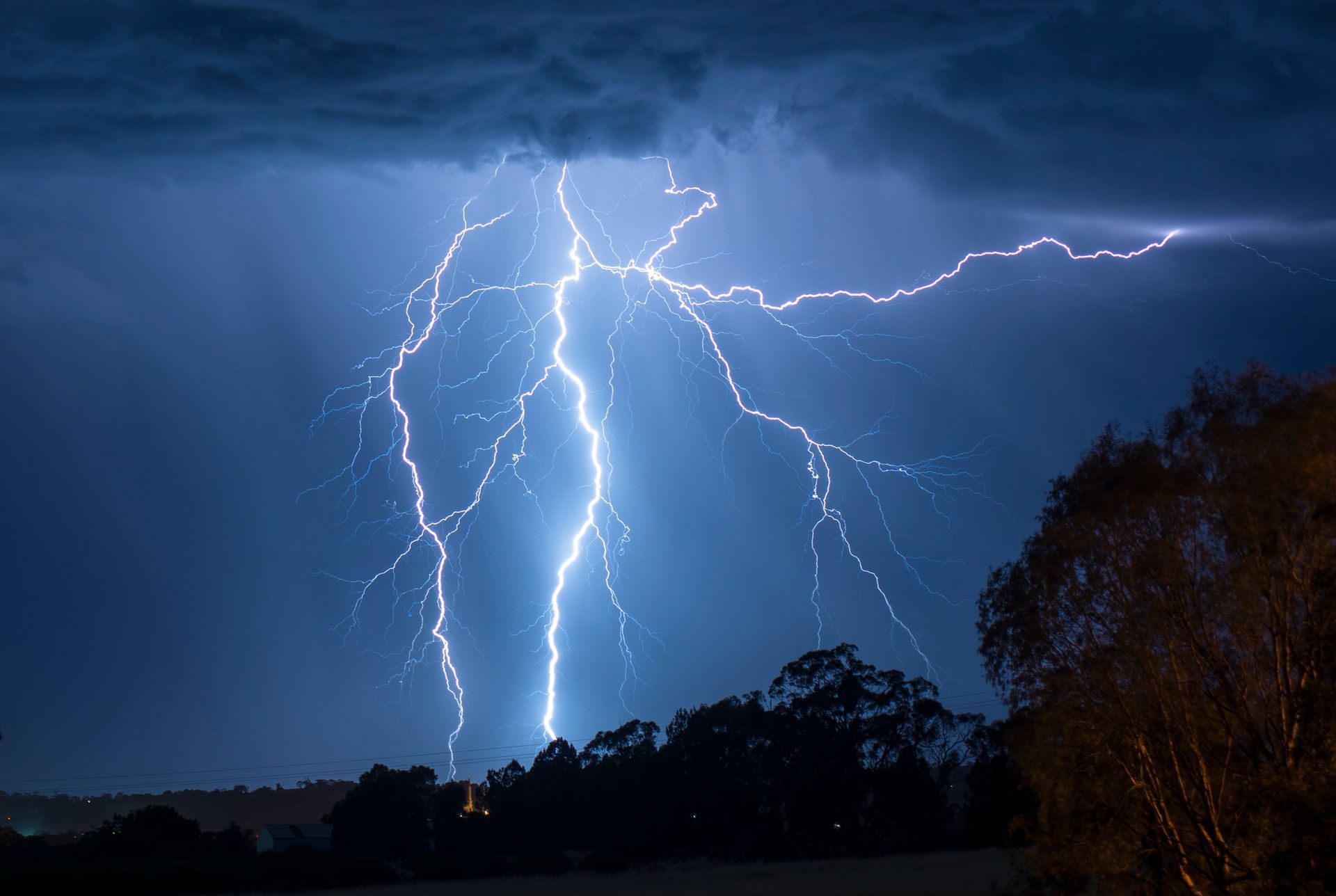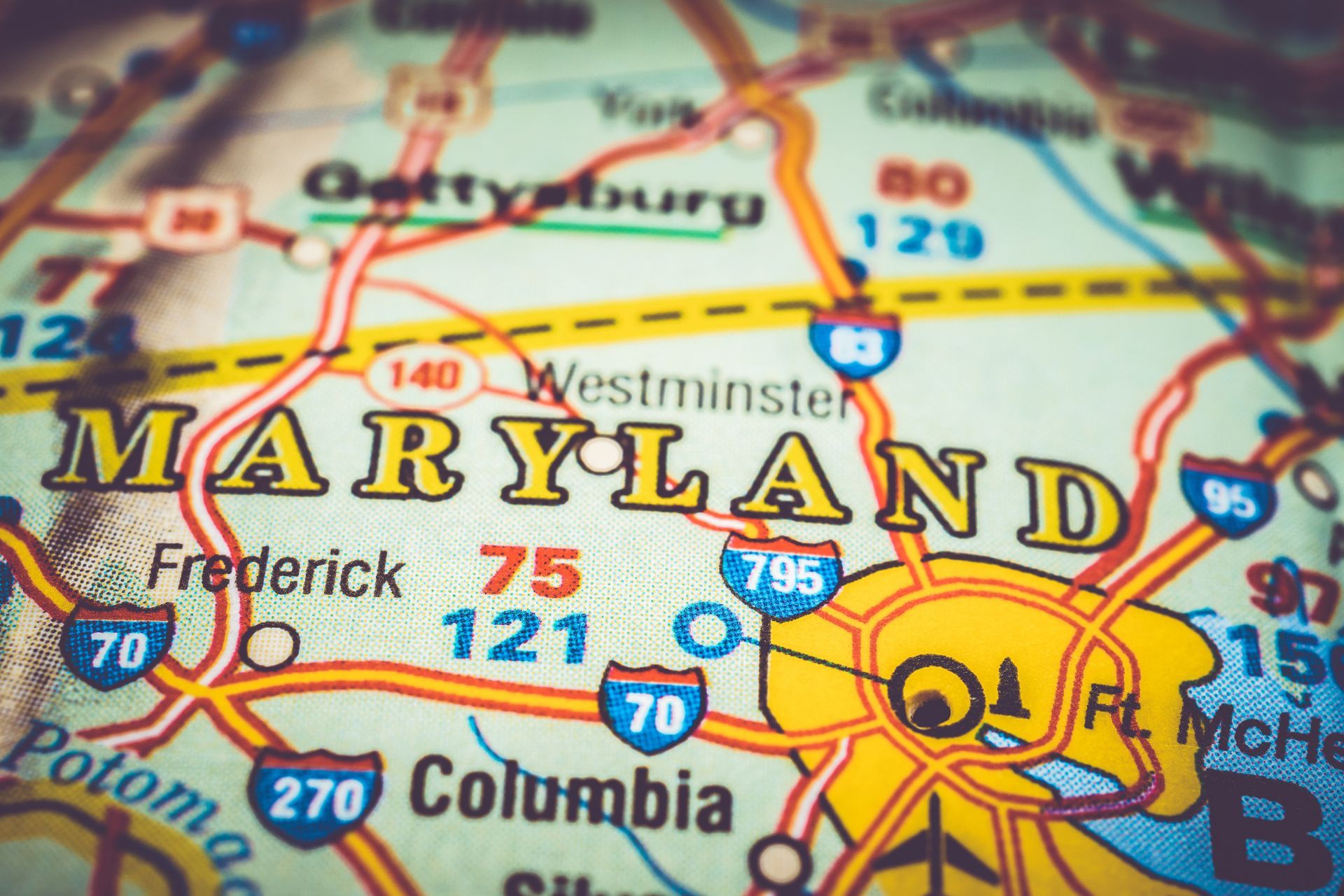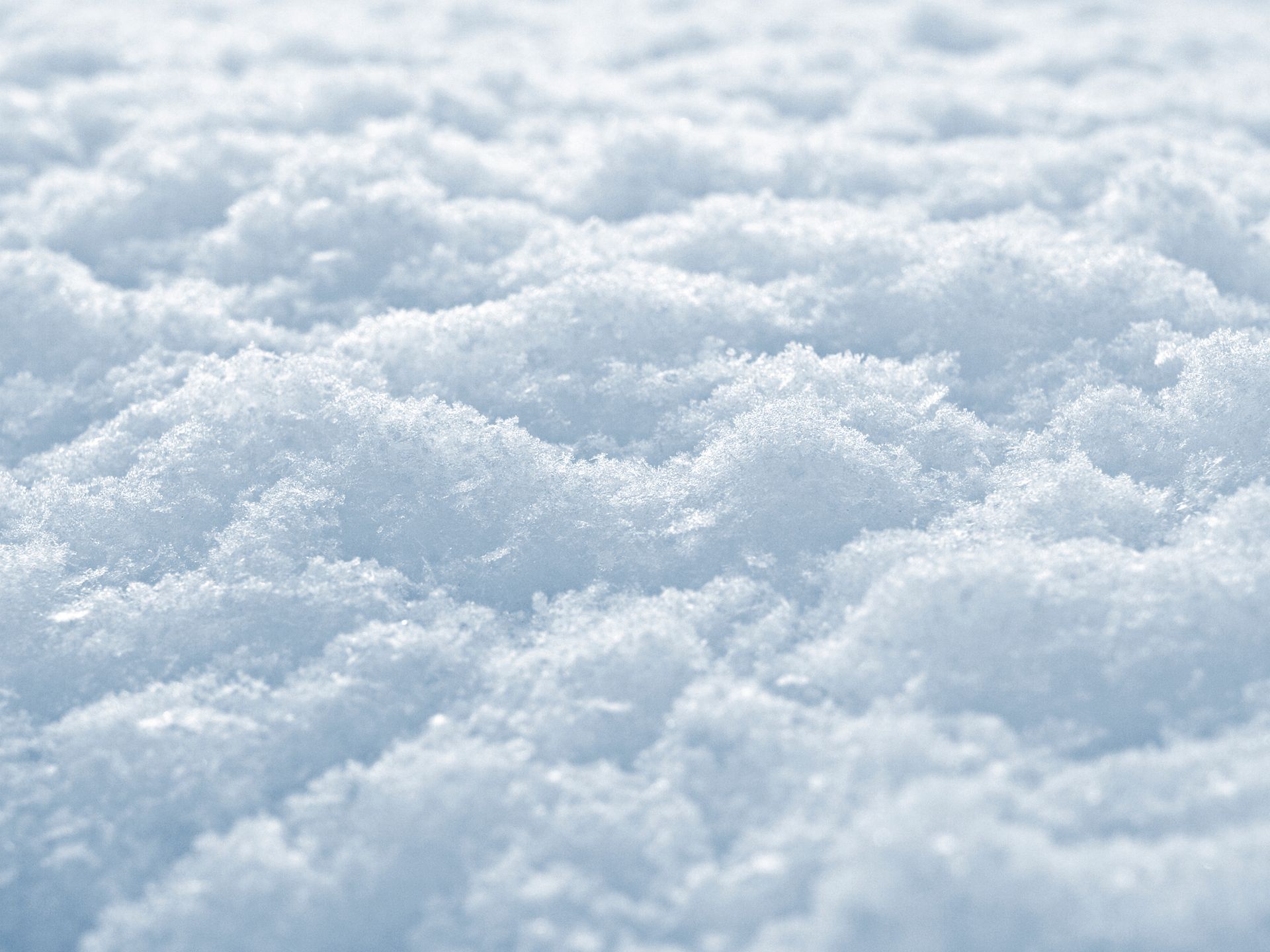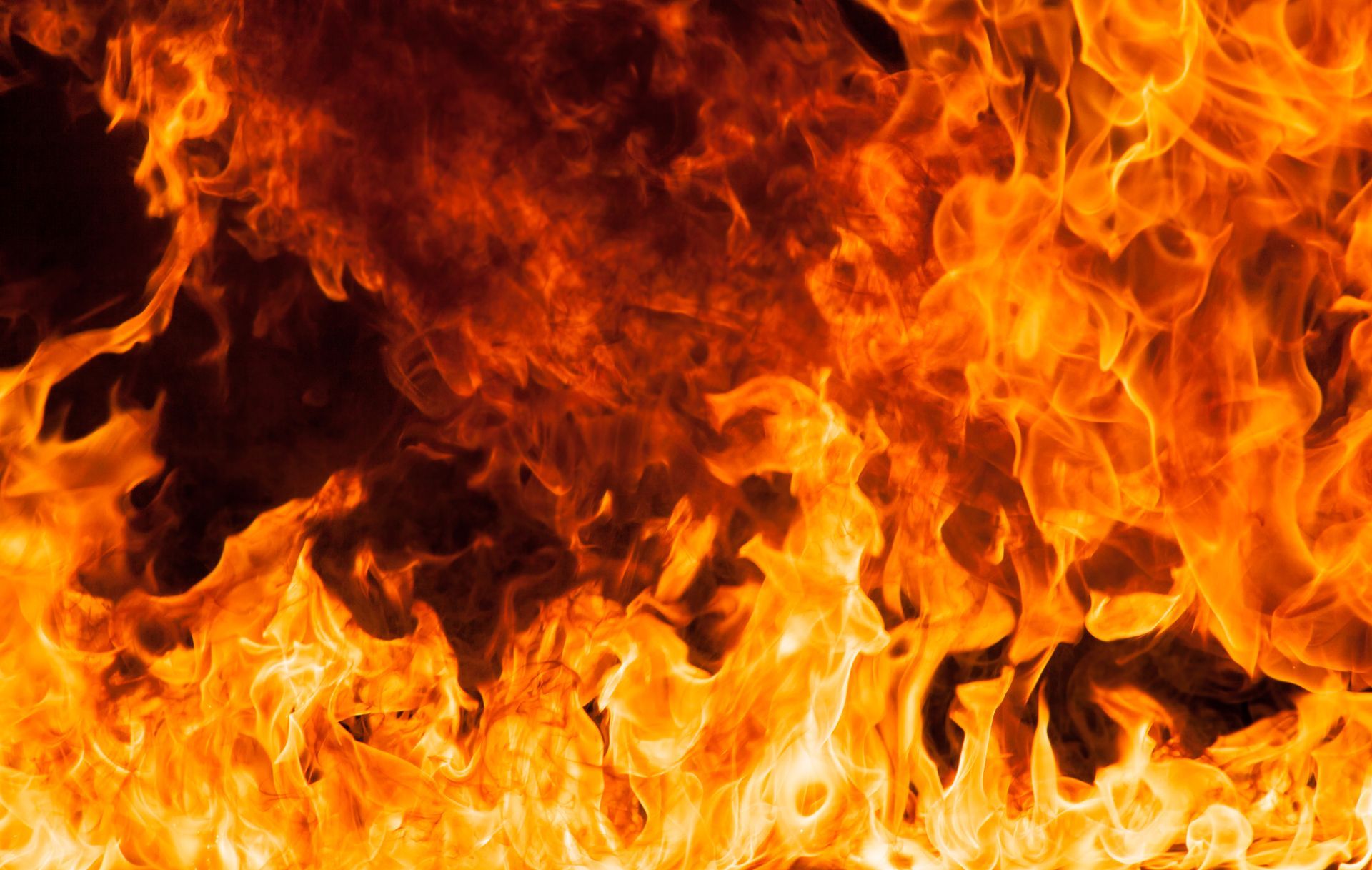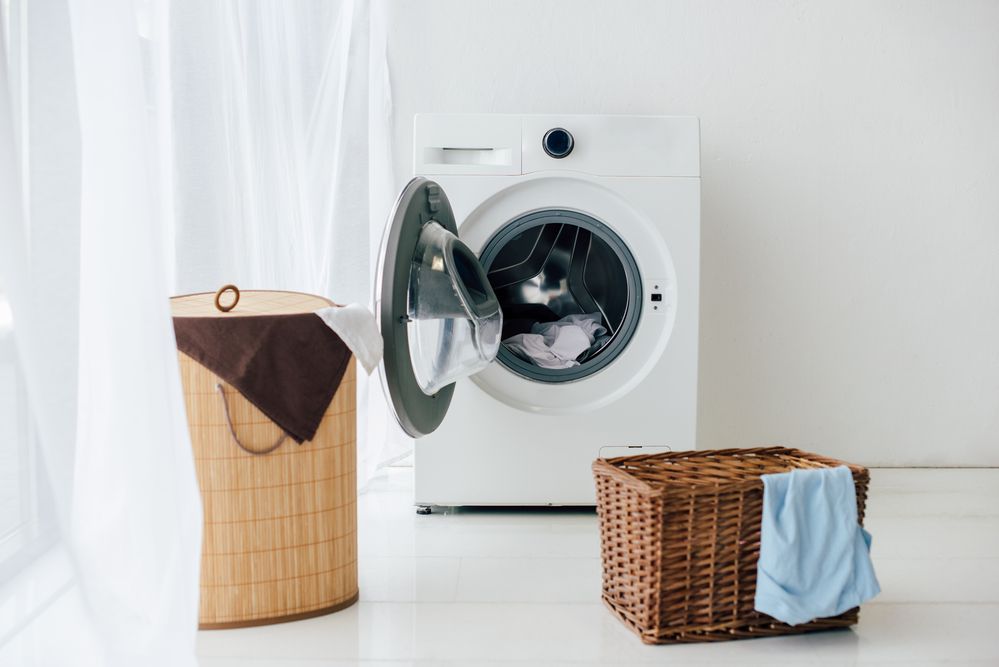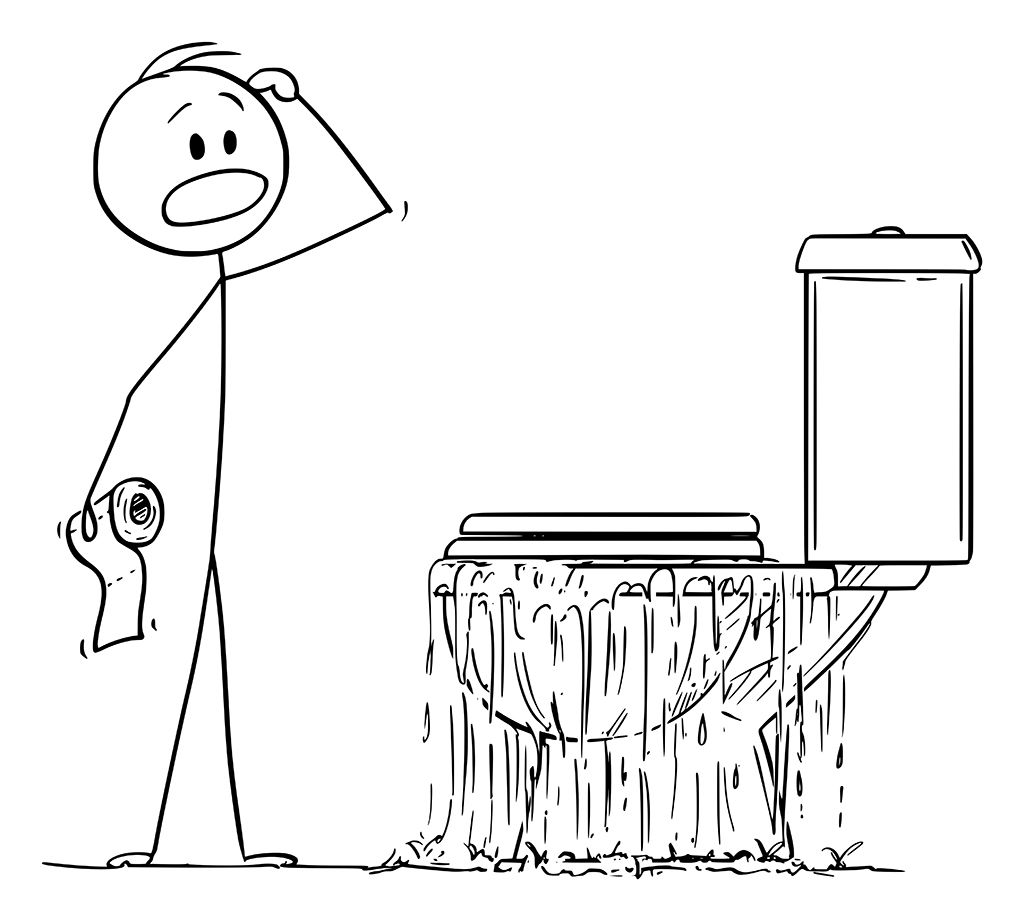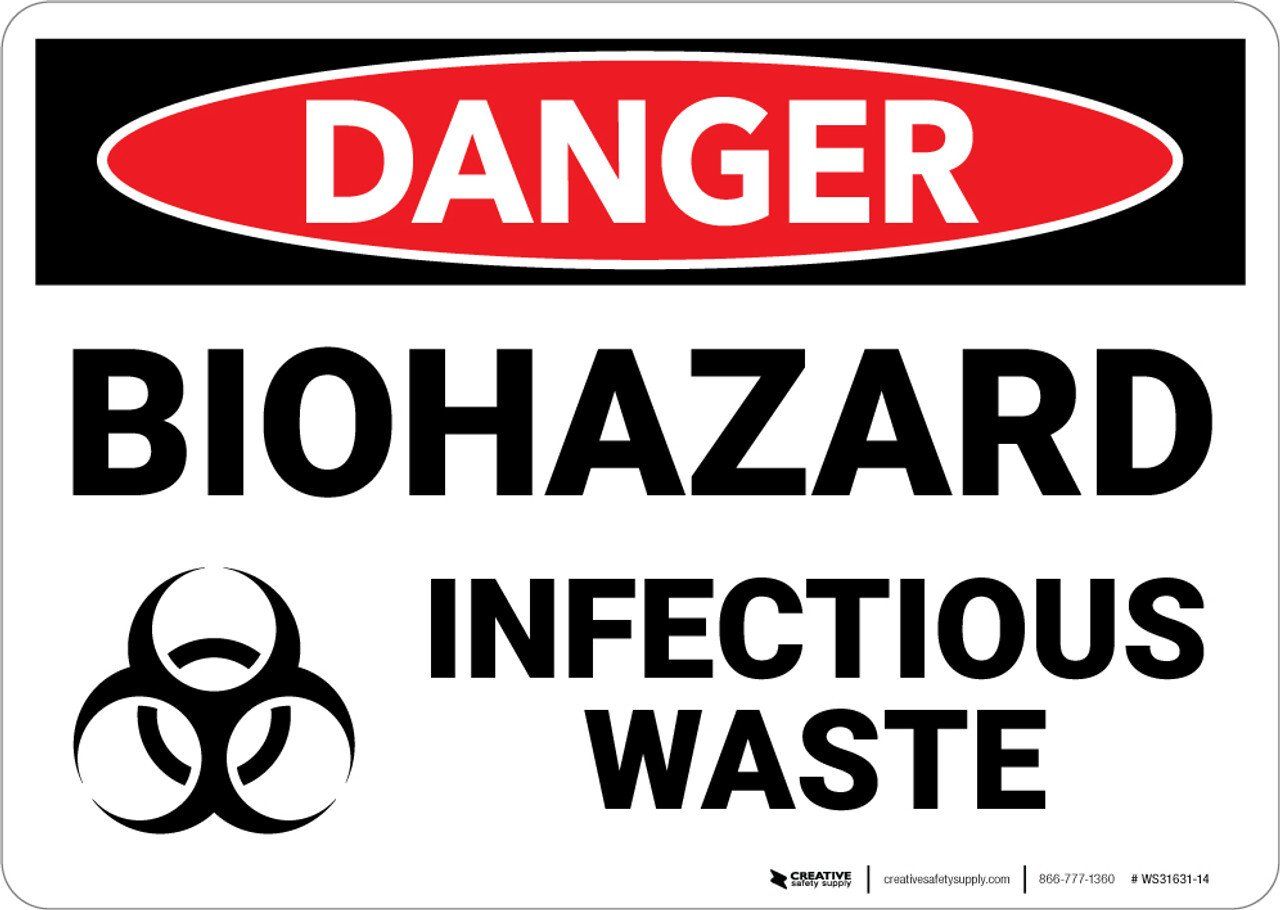A Resource for Natural Disasters
A Resource for Natural Disasters -Fredrick, MD
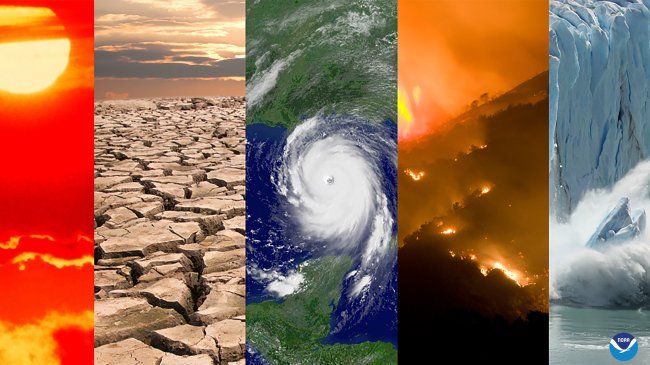
A catastrophic disaster, such as an earthquake, tornado, or hurricane, can annihilate an entire population in an instant. Thousands of people may be murdered, with tens of thousands more injured or traumatized as a result of the loss of friends, family, and homes. Natural disasters, unfortunately, are becoming more prevalent. Planning ahead of time is critical. Having well-thought-out emergency plans might be the difference between life and death.
Natural catastrophes that may occur anywhere include lightning strikes, house fires, and windstorms. Others, such as earthquakes and hurricanes, occur more frequently in some areas than others.
Many of us in the United States may be harmed by natural catastrophes. Here is some information about each of these natural catastrophes, as well as advice on how to deal with the unavoidable.
The following are examples of natural disasters:
Tornadoes and Severe Storms- Tornadoes are created by violent thunderstorms that appear as swirling, funnel-shaped clouds. Strong wind gusts of up to 30 miles per hour reach the ground during a thunderstorm. They are capable of reaching speeds of up to 70 miles per hour. Tornadoes may strike quickly and unexpectedly, leaving residents in impacted areas only seconds to seek shelter.
When dealing with powerful thunderstorms that have the potential to develop into tornadoes, it is vital to exercise extreme caution. Take your family underground or to a safe place to wait out the storm. Tornadoes may develop quickly and unexpectedly, so be prepared and wait it out somewhere safe.
Hurricanes and Tropical Storms- Hurricanes are tropical storms that form in the southern Atlantic, Caribbean, Gulf of Mexico, and eastern Pacific oceans. Hurricanes affect millions of people who live along the Atlantic and Gulf of Mexico coasts each year. Hurricanes may generate tornadoes, floods, and strong winds in portions of the Southwest United States and the Pacific Coast.
Hurricanes give you greater notice, allowing you to be more prepared. Prepare your house by storing bottled water and canned meals for 3-4 weeks in case of long-term power disruptions in your neighborhood. Remove any loose items from your surroundings that might become flying objects. Know where your window shutters are and if they have all of the bolts required to keep them in place. Prepare to weather the storm or follow your county's evacuation instructions.
Floods- One of the most common natural catastrophes in the United States is flooding. They form when normally dry earth becomes soaked with water. Flooding may be produced by a number of events, including hurricanes and tropical storms, broken dams or levees, and flash floods that occur minutes or hours after heavy rain.
Although floods are more prevalent along the coast, particularly during hurricane season, they can occur anywhere and range in magnitude and length. Even little streams, gullies, and creeks that look harmless in dry times can flood.
Floods cause varying degrees of physical devastation, with some destroying everything in their path, including buildings, bridges, autos, and even persons who are submerged or wading in water.
As the United States undergoes some of the longest and worst droughts in decades, flooding will become significantly more common for many of us. Flood preparation begins long before the first drop of rain falls. The simplest method to prepare for a flood is to have a local restoration firm inspect your home for any leaks or entry points for further water and repair them. The following and most critical step is to call your insurance company and discuss your flood insurance alternatives. If they do not cover floods, it may be important to consider.
Wildfires- Wildfires are generally sparked by lightning or by accident and initially go undetected. They spread quickly and are especially dangerous in human-inhabited woods, rural areas, remote mountain sites, or other woody environments. While they are not as commonly reported as floods, tornadoes, and severe storms, they can cause emotional distress among individuals in affected areas.
As droughts become more regular and severe, wildfires are becoming more common. The simplest method to prepare for a wildfire is to clear as much brush and leaves as possible around your home. This will delay the flames and give your house a fighting chance. Prepare to leave your house with your family and pets within hours. Keep an eye out for any information or instructions from your local fire department, state government, or county officials.
Winter Storms- Winter storms may be catastrophic to houses and their occupants. Their effects may change throughout the winter. Some winter storms may bring heavy snow, fluctuating temperatures, and scattered ice.
It is good to be prepared for winter before it arrives. Prepare warm blankets, clothing, and canned food. Some of these storms can produce extensive power disruptions that last for days or weeks, so plan accordingly. Do not wait until the storm has passed to begin preparing your supplies.
Natural catastrophes are unforeseeable, but we are a restoration company that is available 24 hours a day, seven days a week. Restoration 1 of Frederick will respond quickly and reliably to water damage, fire and smoke damage, mold removal, and natural disaster recovery.
So, if Mother Nature calls this year, you can count on us! Please contact us at any time or visit our services page to learn more about how we can help you restore your house, business, and personal possessions to pre-loss condition.

